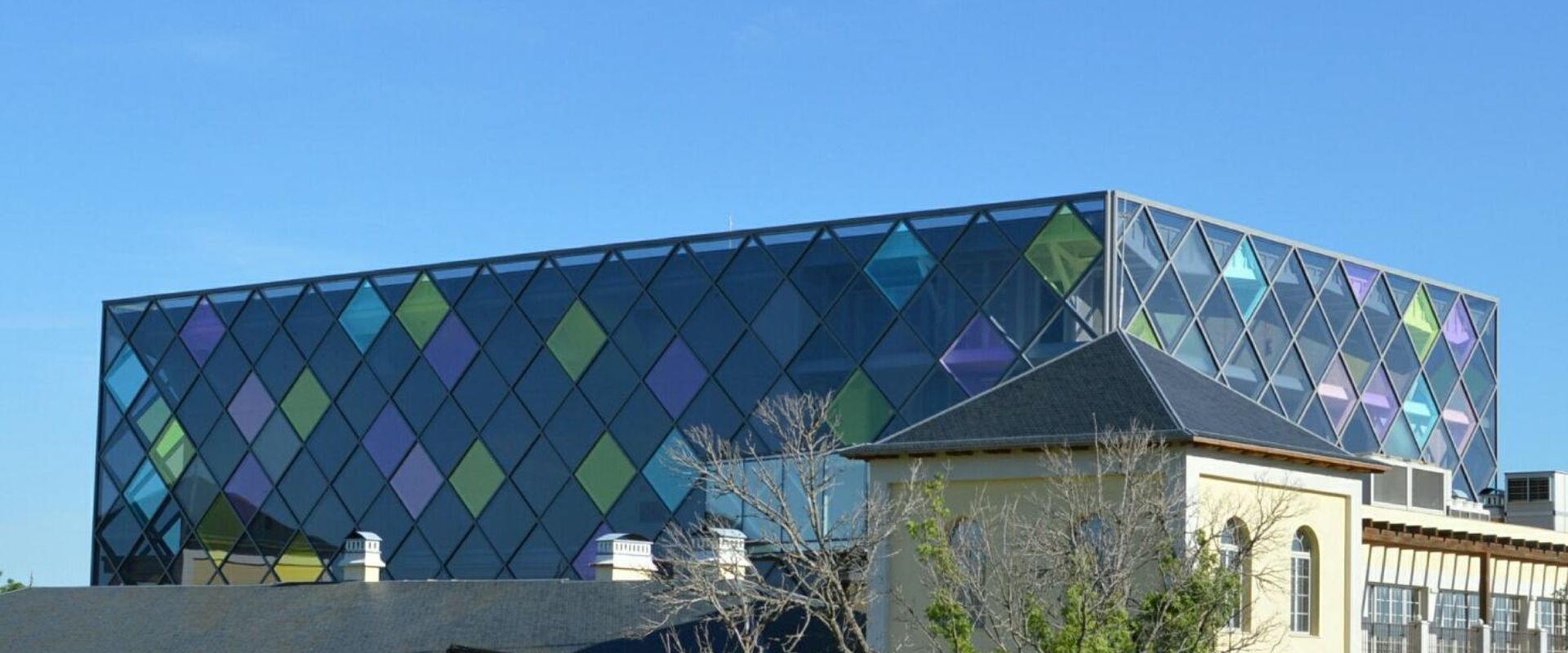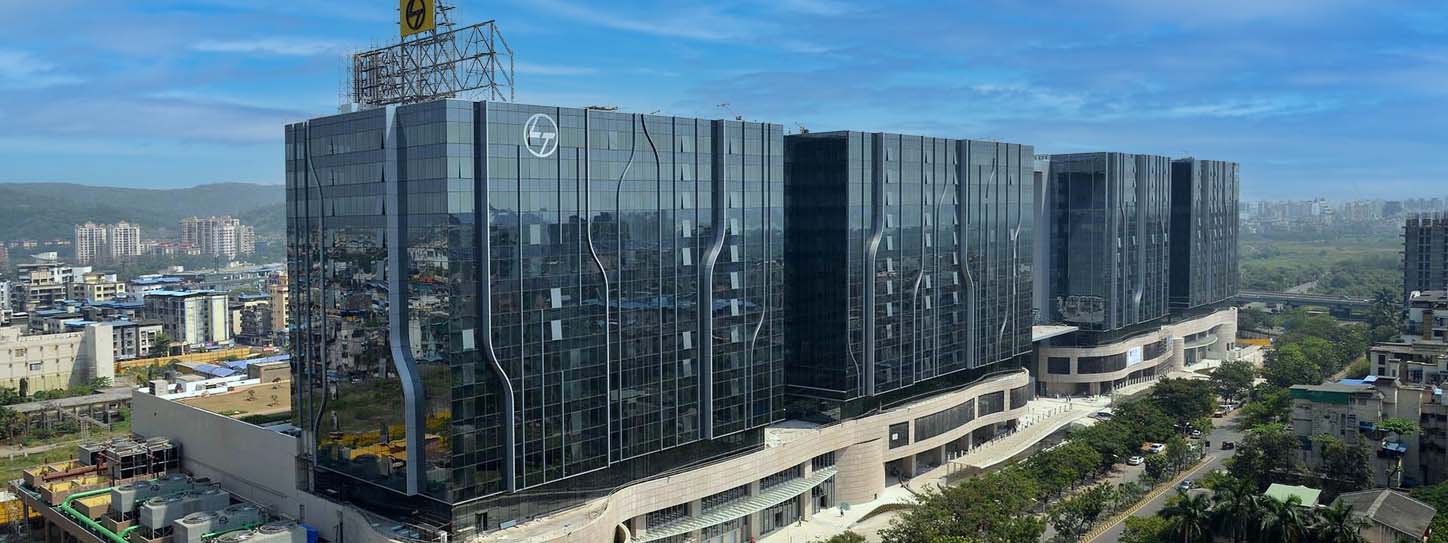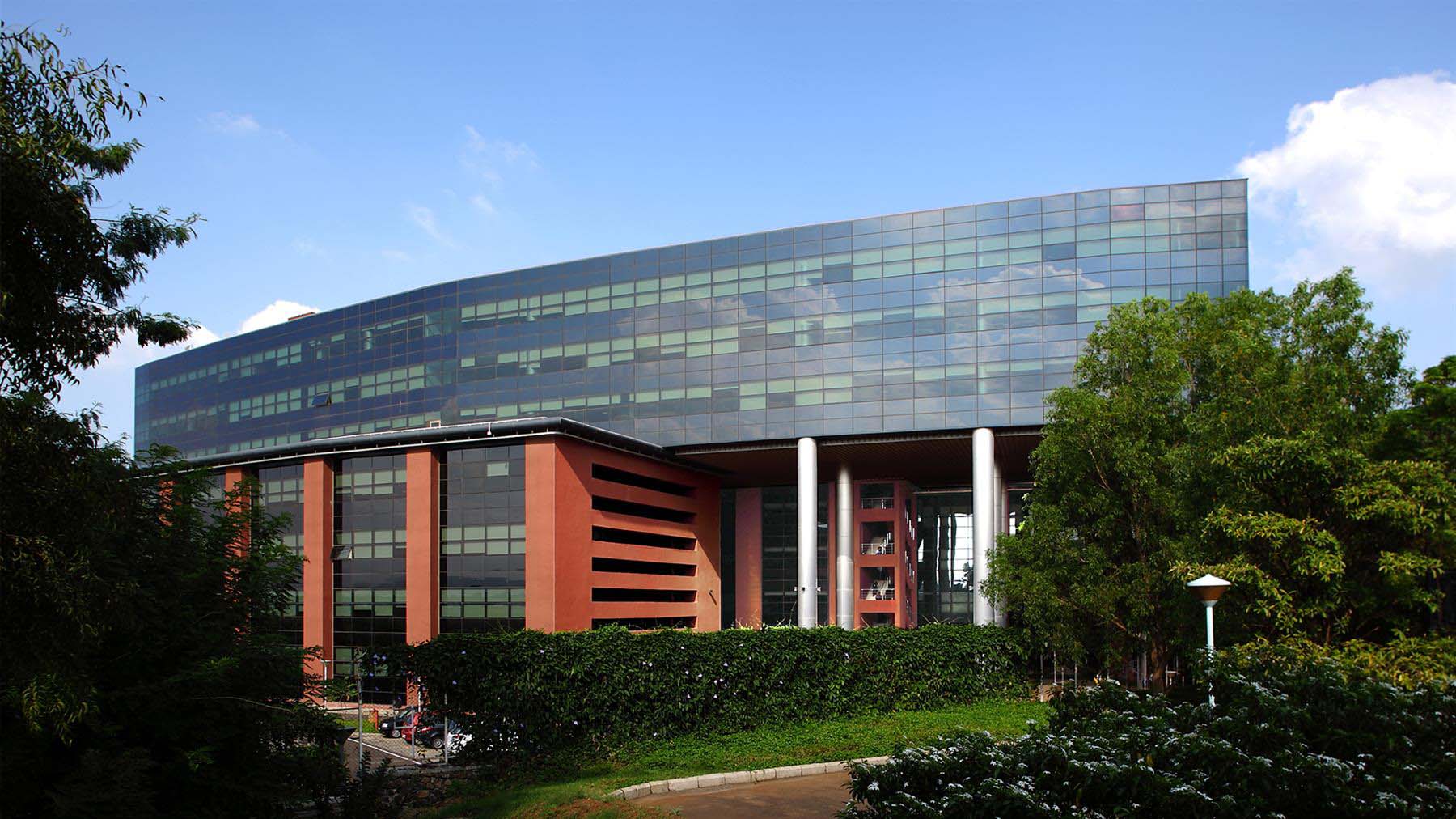Impact of Glass on Building Energy Efficiency
Glass plays a crucial role in the energy efficiency of buildings, significantly affecting heating, cooling, lighting, and overall energy consumption. Modern advancements in glass technology have enabled architects and builders to design structures that not only maximize aesthetic appeal but also enhance energy performance. This blog explores the impact of glass on building energy efficiency and provides insights into selecting the right type of glass to achieve optimal results.
How Glass Affects Building Energy Efficiency
1. Thermal Insulation
The thermal performance of glass influences the amount of heat that enters and exits a building. High-performance glass can minimize heat transfer, thereby reducing the need for heating and cooling.
- Insulated Glass Units (IGUs): These consist of two or more glass panes separated by a spacer and sealed to create an insulating air space, significantly improving thermal insulation.
- Low-E Glass: Low-emissivity coatings on glass surfaces reflect infrared heat, keeping interiors warm in winter and cool in summer, enhancing energy efficiency.
2. Solar Control
Glass can control the amount of solar energy that penetrates a building, affecting indoor temperatures and cooling loads.
- Solar Control Glass: This type of glass reduces solar heat gain by reflecting or absorbing sunlight, helping to maintain comfortable indoor temperatures and reducing the need for air conditioning.
- Tinted and Reflective Glass: These glasses can block a significant portion of solar radiation, reducing glare and heat gain while maintaining visibility and aesthetics.
3. Daylighting
Maximizing natural light through glass facades and windows reduces the dependence on artificial lighting, thereby saving energy.
- Clear Glass: Allows maximum light transmission, enhancing daylighting and reducing the need for artificial lighting during the day.
- Light-Diffusing Glass: Distributes light more evenly within a space, reducing the need for additional lighting fixtures and improving occupant comfort.
4. UV Protection
Glass can also block harmful ultraviolet (UV) rays, protecting interiors and reducing cooling loads.
- UV-Blocking Glass: Prevents UV radiation from entering, protecting furnishings from fading and reducing heat gain, thereby contributing to energy savings.
Types of Energy-Efficient Glass
1. Low-E (Low-Emissivity) Glass
Low-E glass has a special coating that reflects infrared light, keeping heat inside during winter and outside during summer. It also reduces UV light penetration.
- Benefits: Improved thermal insulation, reduced energy costs, enhanced comfort.
- Applications: Windows, skylights, facades.
2. Double and Triple Glazing
Double and triple-glazed windows consist of two or three layers of glass with air or inert gas fills in between, providing superior insulation.
- Benefits: Enhanced thermal and acoustic insulation, reduced energy consumption.
- Applications: Residential and commercial windows, doors, skylights.
3. Solar Control Glass
Solar control glass is designed to reduce the amount of solar heat entering a building, minimizing cooling requirements.
- Benefits: Lower cooling costs, reduced glare, increased comfort.
- Applications: Facades, skylights, large windows.
4. Tinted and Reflective Glass
Tinted glass has color additives that reduce glare and heat gain, while reflective glass has a metallic coating that reflects heat.
- Benefits: Improved solar control, enhanced privacy, reduced cooling loads.
- Applications: Commercial buildings, high-rise facades, atriums.
Strategies for Enhancing Energy Efficiency with Glass
1. Optimize Building Orientation
The orientation of a building can significantly influence the effectiveness of energy-efficient glass. Positioning windows and glass facades to maximize natural light while minimizing heat gain is crucial.
- North-South Orientation: Maximize daylighting and reduce heat gain by strategically placing glass on the north and south sides.
- Shading Devices: Use external shading devices like overhangs, louvers, and awnings to block excessive sunlight.
2. Use of Smart Glass Technologies
Smart glass, also known as switchable glass, can change its properties based on external conditions or user controls, providing dynamic energy efficiency benefits.
- Electrochromic Glass: Adjusts tint in response to electrical signals, allowing control over light and heat transmission.
- Thermochromic Glass: Changes tint based on temperature, reducing heat gain during hot periods.
3. Integration with Building Systems
Integrating energy-efficient glass with other building systems can amplify its benefits.
- HVAC Systems: Coordinate glass selection with HVAC systems to optimize heating and cooling loads.
- Lighting Controls: Integrate daylight sensors and automated lighting controls to maximize energy savings from natural light.
Case Studies
1. Office Building with Low-E Glass
An office building in a temperate climate used Low-E glass for all its windows and facades. The result was a 30% reduction in energy costs due to decreased heating and cooling needs, improved occupant comfort, and enhanced natural light.
2. Residential Home with Triple Glazing
A residential home in a cold climate installed triple-glazed windows. This upgrade led to significant energy savings, reduced condensation, and improved indoor thermal comfort, demonstrating the effectiveness of high-performance glazing in harsh environments.
Conclusion
Glass is a crucial component in achieving energy-efficient building designs. By selecting the right type of glass and implementing smart design strategies, architects and builders can significantly enhance a building’s energy performance, reduce operational costs, and create comfortable living and working environments. As advancements in glass technology continue, the potential for even greater energy efficiency and sustainability in building design will grow.
FG Glass: Your Partner in Energy-Efficient Glass Solutions
At FG Glass, we offer a comprehensive range of high-performance glass products designed to enhance the energy efficiency of your projects. Our innovative solutions help you achieve optimal thermal performance, solar control, and daylighting, ensuring your buildings are both sustainable and comfortable. Discover how FG Glass can support your energy efficiency goals with our cutting-edge glass technologies. For more information, visit fgglass.com.

You might also like
Feb 21, 2022 by TARIQ KACHWALA
Feb 21, 2022 by TARIQ KACHWALA
Feb 23, 2022 by TARIQ KACHWALA









